| Table 1: | Signal Combination |
| Table 2: | Explanation Of The Data Link Connector (Discrete Type) 2.0L DOHC (Delphi 8 Bit) |
Selector Lever/Program Switch
The driver engages the travel position via the selector lever:
P : Park position
R : Reverse
N : Neutral
D : Forward speeds
Park/Neutral Position Switch
The park/neutral position switch (PNP) is located on the selector shaft and informs the transaxle control module (TCM) of the current selector lever position P-R-N-D-3-2-1.
The selector lever position is transmitted to the TCM in encoded form along 4 lines. The encoding is such that malfunctions in the connecting lead are identified.
The park/neutral position (PNP) switch is located on the selector shaft, which is connected to the selector lever via a pull cable. In addition, the park/neutral position (PNP) switch controls the starter interlock, the reversing light, and the selector lever position indicator on the instrument panel.
| L1 | L2 | L3 | L4 |
|---|---|---|---|---|
P | 0 | 0 | 12 | 0 |
R | 0 | 0 | 0 | 12 |
N | 0 | 12 | 0 | 0 |
D | 12 | 12 | 12 | 0 |
3 | 12 | 12 | 0 | 12 |
2 | 12 | 0 | 12 | 12 |
1 | 0 | 12 | 12 | 12 |

Automatic Transaxle Output Speed Sensor (A/T OSS)
The vehicle automatic transmission (A/T) output shaft speed (OSS) is a magnetic inductive pickup that relays information relative to vehicle speed to the TCM.
Vehicle speed information is used by the TCM to control shift timing, line pressure, and torque converter clutch (TCC) lock-up clutch apply and release.
The output speed sensor mounts in the case at the speed sensor rotor, which is pressed onto the spur gear. An air gap of 0.1-1.3 mm (0.004-0.05 in) is maintained between the sensor and the teeth on the spur gear teeth. The sensor consists of a permanent magnet surrounded by a coil of wire.
As the differential rotates, an AC signal is generated by the output speed sensor (OSS).
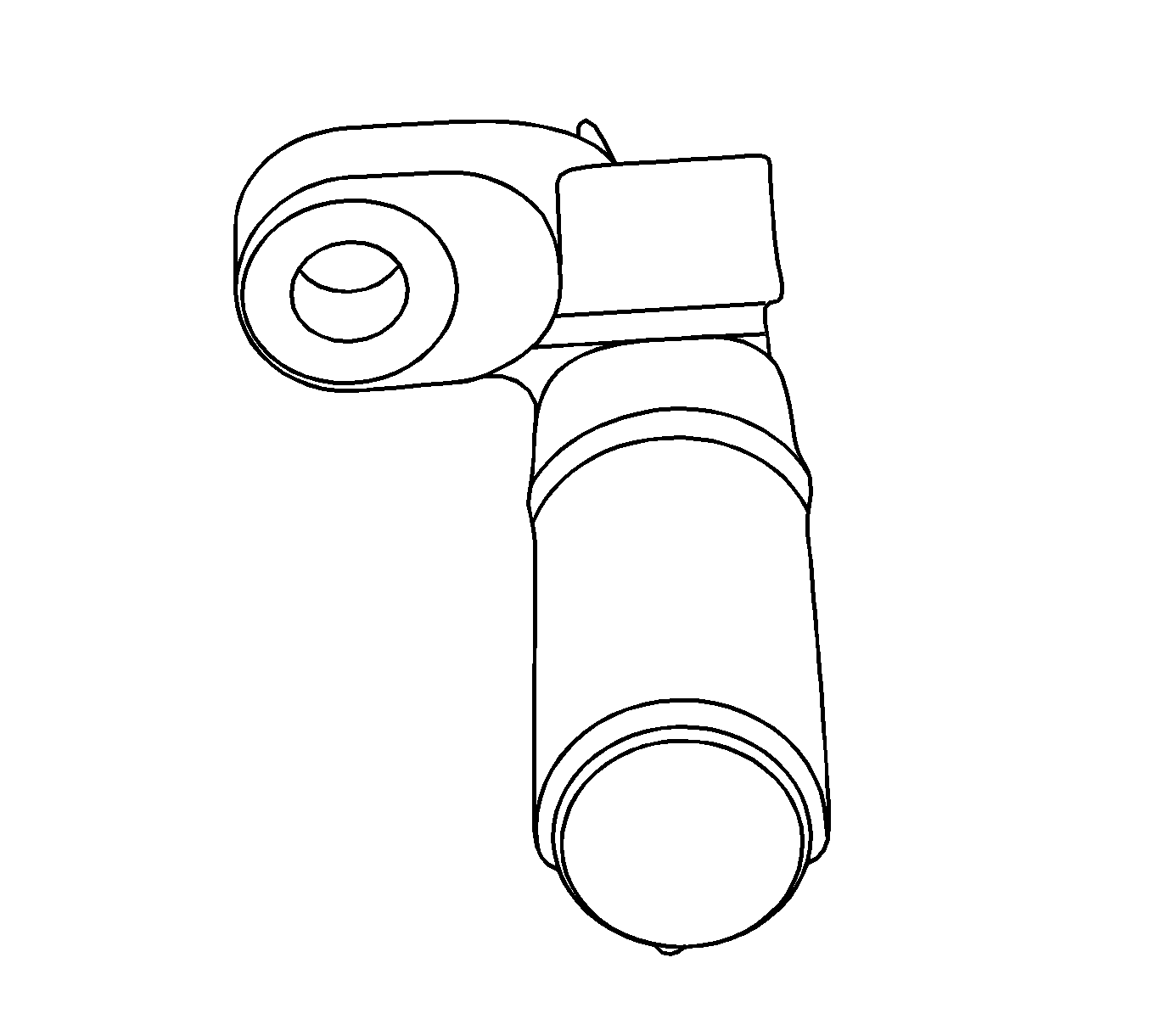
Automatic Transaxle Input Speed Sensor (A/T ISS)
The automatic transmission (A/T) input shaft speed (ISS) is a magnetic inductive pickup that relays information relative to transaxle input speed to the TCM. The TCM uses transaxle input speed information to control line pressure, TCC apply and release, and transaxle shift patterns. This information is also used to calculate the appropriate operating gear ratios and TCC slippage.
The input speed sensor mounts onto piston B that is inside of valve body.
An air gap of 1.8-2. mm (0.07-0.086 in) is maintained between the sensor and the piston B.
The sensor consists of a permanent magnet surrounded by a coil of wire. As the piston B is driven by the turbine shaft, an AC signal induced in the input speed sensor. Higher vehicle speeds induce a higher frequency and voltage measurement at the sensor.
Sensor resistance should measure between 825-835 ohms at 20°C (68°F). Sensor can measure from 1,000-8,000 hertz.
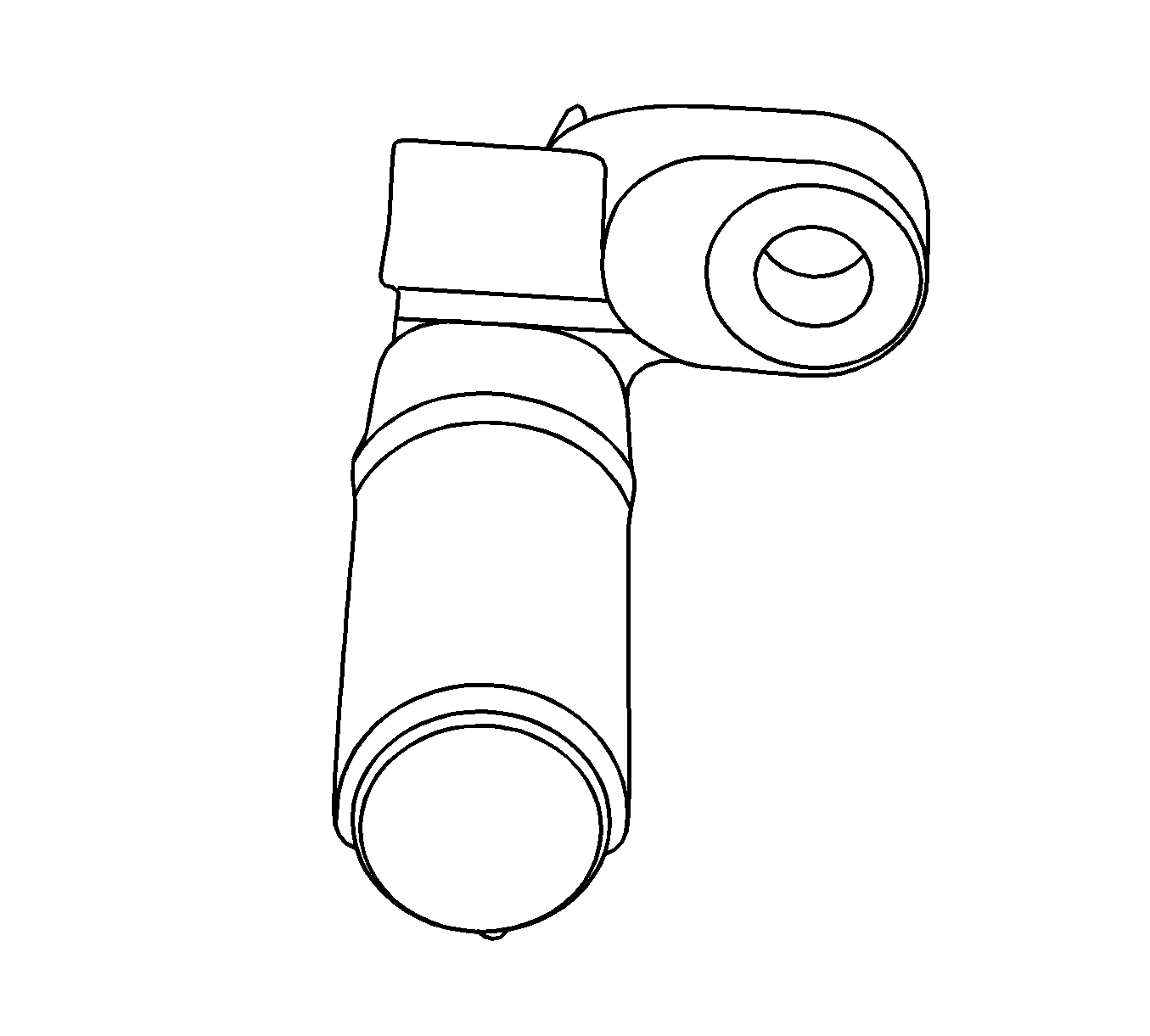
Shift Solenoid Valve: Solenoid 1,2
The shift solenoids are 2 identical, normally open electronic exhaust work that control upshifts and downshifts in all forward gear ranges. These shift the solenoid valves together in a combination of ON and OFF sequence to control the line pressure and shift mechanisms clutches, brakes.
Solenoid 1 controls the high or low of the line pressure flow to each clutch valve by the operation type (ON/OFF), i.e. solenoid 1 is ON, line pressure will be low 87-116 psi (599-799 kPa), solenoid 1 is OFF, line pressure will be high 232-261 psi (1599-1799 kPa).
Solenoid 2 controls the oil flow to clutch valve E or lockup clutch valve by the ON/OFF signal. The TCM monitors numerous inputs to determine the appropriate solenoid state combination and transaxle gear for the vehicle operating conditions.
Gear | Solenoid 1 | Solenoid 2 |
|---|---|---|
Park, Neutral | ON | ON |
First | ON/OFF | ON |
Second | ON/OFF | OFF |
Third | ON/OFF | OFF |
Fourth | ON/OFF | OFF |
Reverse | ON/OFF | ON |
| Line Pressure | Resistance |
|---|---|---|
Solenoid Valve 1/Solenoid Valve 2 | ON (Low) 89.9-98.6 psi (619-679 kPa) 6.2-6.8 bar OFF (High) 221.9-253.24 psi (1529-1744 kPa) 15.3-17.46 bar | 26.5 ± 0.5 ohms |
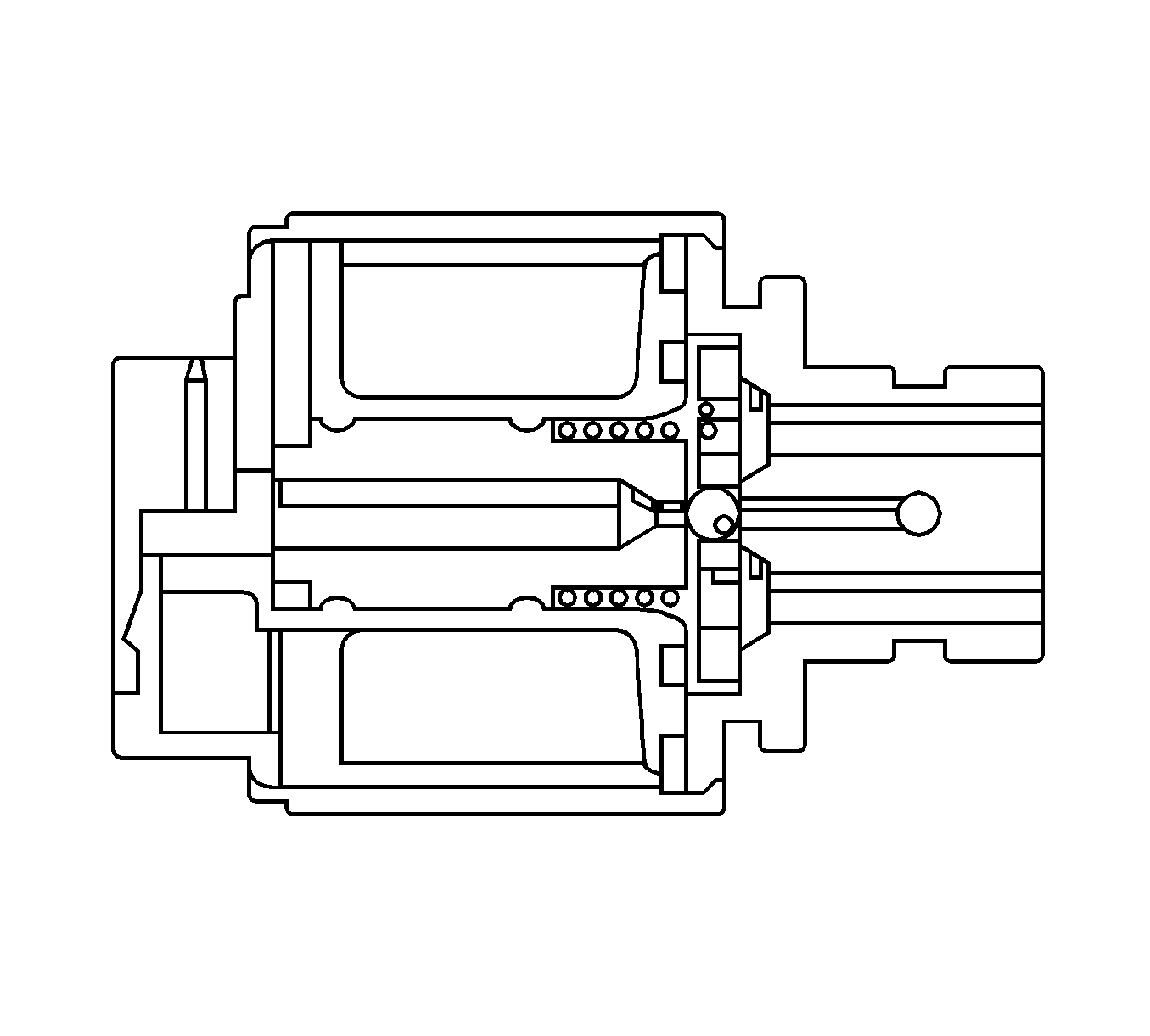
Pressure Control Solenoid Valve (PCS VALVE 3,4,5,6)
The pressure control valve (EDS valve 3,4,5,6) is a precision electronic pressure regulator that controls the operation of the clutches, brakes and the lock-up clutch.
The valve reduces the system pressure with which the downstream solenoid valves and electrical pressure regulating valves are supplied. It is possible to use smaller solenoid valves as a result. The EDS require a constant input pressure.

Transaxle Fluid Temperature (TFT) Sensor
The TFT sensor is a positive temperature coefficient thermistor temperature sensitive resistor that provides information to the transmission control module (TCM) regarding transaxle fluid temperature. The temperature sensor is located in valve body. Calculated temperature is a factor used to determine the shift time and shift delay time. The internal electrical resistance of the sensor varies in relation to the operating temperature of the transaxle fluid, see chart.

The TCM sends a 5 volt-reference signal to the temperature sensor and measures the voltage rise in the electrical circuit. A higher fluid temperature creates a higher resistance in the temperature sensor, thereby measuring a lower voltage signal.
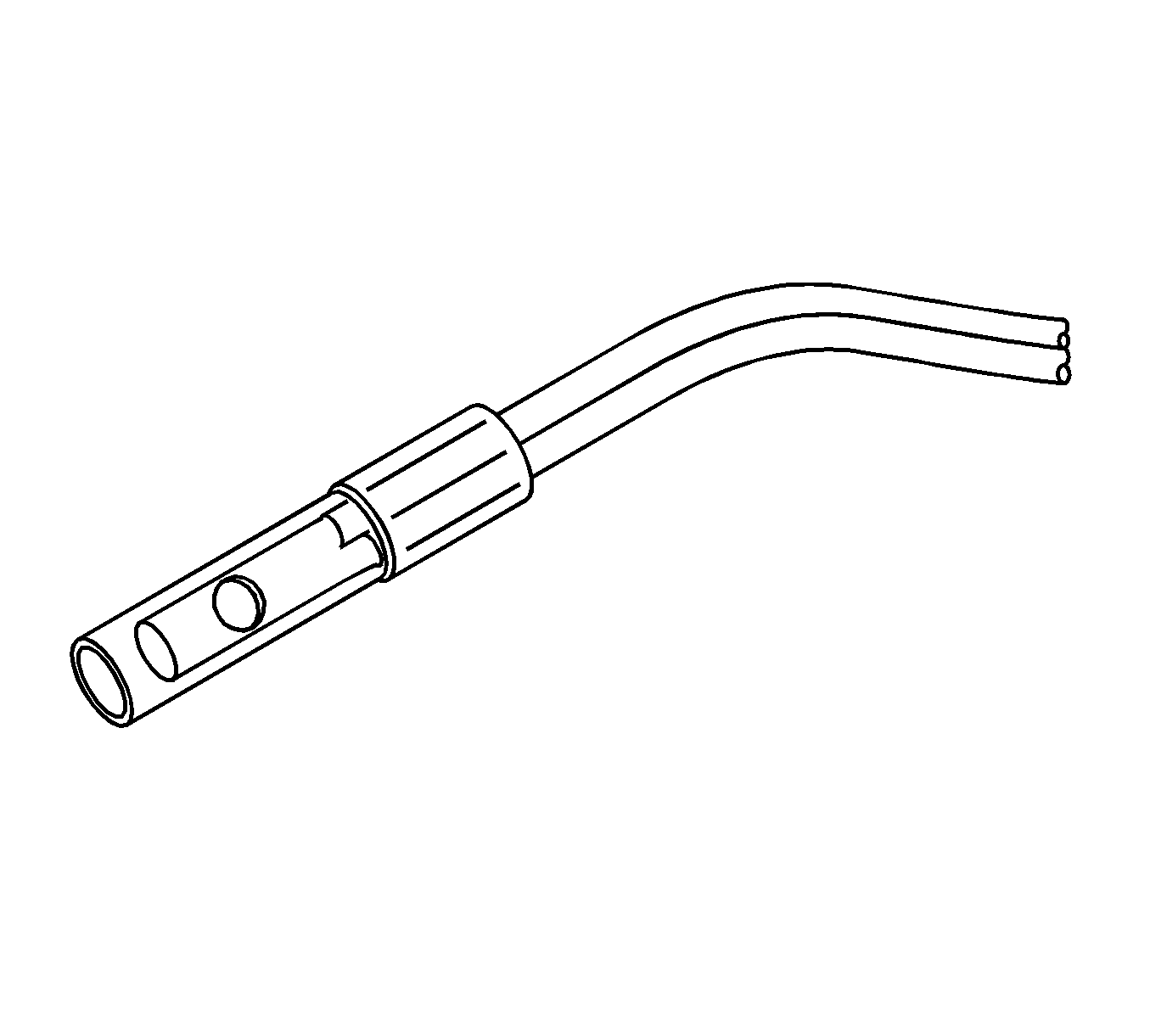
The TCM measures this voltage as another input to help control line pressure, shift schedules, and TCC apply. When transaxle fluid temperature reaches 140°C (284°F) the TCM enters hot mode. Above this temperature the TCM modifies transaxle shift schedules and TCC apply in an attempt to reduce fluid temperature by reducing transaxle heat generation. During hot mode the TCM applies the TCC at all times in fourth gear.
Also, the TCM commands the 2-3 and 3-4 shifts earlier to help reduce fluid heat generation. Hot mode may not be available on some applications.
Transaxle Electrical Connector
The transaxle electrical connector is a very important part of the transaxle operating system. Any interference with the electrical connection can cause the transaxle to set DTCs and/or affect proper operation.
The following items can affect the electrical connections:
| • | Bent pins in the connector from rough handling during connection and disconnection |
| • | Wires backing away from the pins or coming unclamped in either internal or external wiring harness |
| • | Dirt contamination entering the connector when disconnected |
| • | Pins in the internal wiring connector backing out of the connector or pushed out during reconnection |
| • | Excessive transaxle fluid leaking into the connector, wicking up into the external wiring harness, and degrading the wire insulation |
| • | Water/moisture intrusion in the connector |
| • | Low pin retention in the external connector from excessive connection and disconnection of the wiring connector assembly |
| • | Pin corrosion from contamination |
| • | Broken/cracked connector assembly |
| • | Points to remember when working with transaxle wiring connector assembly |
| • | To remove the connector, squeeze the 2 tabs towards each other and pull straight up. Refer to illustration |
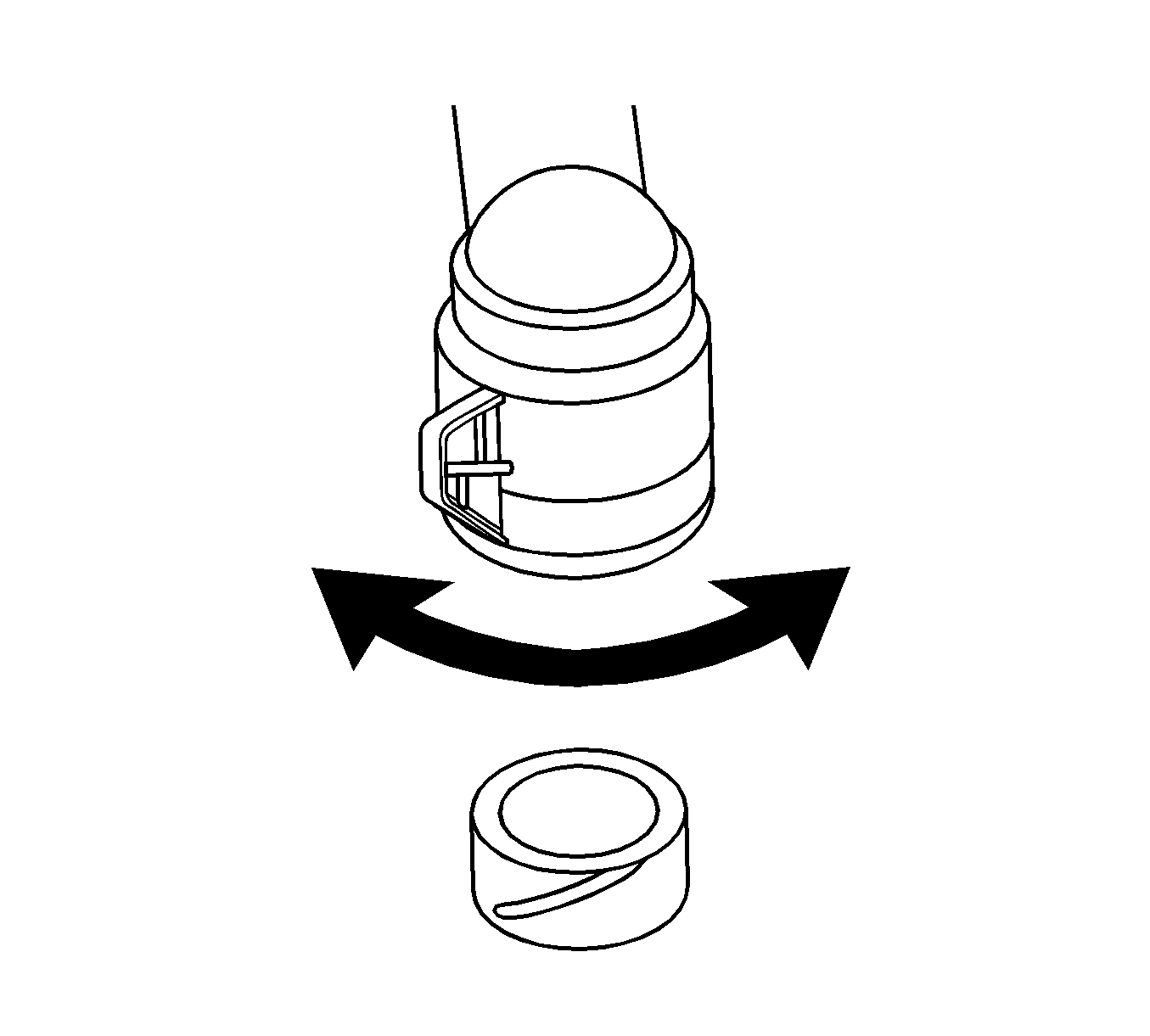
Carefully limit twisting or wiggling the connector during removal. Bent pins can occur.
DO NOT pry the connector off with a screwdriver or other tool.
To reinstall the external wiring connector, first orient the pins by lining up arrows on each half of the connector. Push the connector straight down into the transaxle without twisting or angling the mating parts.
The connector should click into place with a positive feel and/or noise.
Transaxle Control Module (TCM)
The transaxle control module (TCM) is an electronic device which monitors inputs to control various transaxle functions including shift quality and transaxle sensors, switches, and components to process for use within its control program. Based on this input information, the TCM controls various transaxle output functions and devices.
Data Link Connector (DLC)
The data link connector (DLC) is a multiple cavity connector. The DLC provides the means to access serial data from the TCM to aid in powertrain diagnosis. The DLC allows the technician to use a scan tool to monitor various systems and display DTCs. The DLC connector is located within the driver's compartment, directly below the steering column.
| A Connector (Blue) | B Connector (Green) | C Connector (Gray) |
|---|---|---|---|
1 | Solenoid 2 | Fluid Temperature Ground | Selector Lever Line L 1 |
2 | Not Used | Input Speed Sensor (+) | Engine Speed signal |
3 | Pressure Control Solenoid Valve (EDS 4) | BAT + | Not Used |
4 | TFT Sensor | Input Speed Sensor (-) | Hold Mode Switch |
5 | Stop Lamp Switch | Output Speed Sensor (-) | Not Used |
6 | Hold Mode Indicator | Selector Lever Line L 3 | EDS Supply |
7 | DLC | Input Speed Sensor Ground | EDS Supply |
8 | Not Used | Speedometer | Solenoid Supply |
9 | Solenoid 1 | Not Used | Not Used |
10 | Pressure Control Solenoid Valve (EDS 5) | Output Speed Sensor (+) | Throttle Position Signal |
11 | Pressure Control Solenoid Valve (EDS 3) | Selector Lever Line L 4 | Not Used |
12 | Pressure Control Solenoid Valve (EDS 6) | Ground | Not Used |
13 | Engine Torque Signal | Ground | P/N Signal |
14 | Not Used | Not Used | Engine Torque Reduction |
15 | Not Used | Selector Lever Line L 2 | IG ON |
16 | Not Used | Not Used | IG ON |
TCM Inputs That Affect The 4HP 16 Transaxle
Notice: Lack of basic knowledge of this powertrain when performing diagnostic procedures could result in incorrect diagnostic performance or damage to powertrain components. Do not attempt to diagnose a powertrain problem without this basic knowledge.
TCM Initialization
When one or more operations as listed below are performed, all learned contents which are stored in the TCM memory should be erased after the operations.
| • | When the automatic transmission harness wiring is replaced in the vehicle. |
| • | When a used TCU is installed. |
| • | When a vehicle condition is unstable (engine Idle, TPS toggling). |
- Connect the scan tool.
- Turn the ignition switch to the On position.
- Follow the TCM Learned Initialize procedure on the scan tool.
Important: Before pushing the Yes button for the TCM initialization on the scan tool, make sure the condition is as follows:
• Vehicle is in Park. • Engine is at idle.
TCM Programming
Important: The Engine Control Module (ECM) fuse should be removed when programming the Transmission Control Module (TCM).
If the ECM fuse is not removed, the ECM will interrupt the programming of the TCM. After the programming has been completed, clear the DTC's from the TCM, then the ECM in that order or the ECM DTC's will reset. Depress the brake pedal when clearing the TCM DTC's or a false DTC P0703 will set.
Throttle Position Sensor
| • | Provides throttle position data to the TCM for determining shift patterns and TCC apply/release. |
| • | An incorrect throttle position sensor input could causes erratic or shift pattern, poor shift quality or TCC function. |
Automatic Transaxle Output (Shaft) Speed Sensor
| • | Provides vehicle speed data to the TCM for determining shift patterns and TCC apply/release, and gear ratio calculations. |
| • | An incorrect throttle position sensor input could causes erratic or shift pattern, poor shift quality or TCC function |
Automatic Transaxle Input (Shaft) Speed Sensor
Provides transaxle input speed data to the TCM for determining shift patterns and TCC apply/release, and gear ratio.
Engine Coolant Temperature Sensor
| • | Provides coolant temperature data to the TCM for determining initial TCC engagement. |
| • | An incorrect engine coolant temperature sensor input could causes an incorrect initial TCC apply. |
Engine Speed
| • | The ignition module provides engine speed data to the TCM. |
| • | The TCM uses engine speed information for controlling wide open throttle shifts and the TCC pulse width modulation (PWM) solenoid duty cycle. |
Stop Lamp Switch
| • | Provides brake apply information to the TCM for controlling TCC apply and release. |
| • | An incorrect TCC stoplamp switch input could causes an incorrect TCC apply or release. |
Transaxle Fluid Temperature (TFT) Sensor
| • | Provides transaxle fluid temperature information to the TCM for determining alternate shift patterns and TCC apply during high temperature conditions, hot mode operation. |
| • | An incorrect transaxle temperature sensor input could causes altered shift patterns, poor shift quality and incorrect TCC apply. |
Transmission Adaptive Functions
The ZF 4HP16 automatic transmission utilizes a line pressure control system during upshifts to compensate for normal wear of clutch fiber plates, seals, springs, etc. By adjusting the line pressure, the transmission control module (TCM) can maintain acceptable transmission shift times. This process is known as "adaptive learning" or "shift adapts" and is similar to the closed loop fuel control system used for the engine.
In order for the TCM to perform a "shift adapt," it must first identify if an upshift is acceptable to analyze. For example, upshifts that occur during cycling of the A/C compressor or under extreme throttle changes could cause the TCM to incorrectly adjust line pressure. When an upshift is initiated, a number of contingencies, such as throttle position, transmission temperature, and vehicle speed, are checked in order to determine if the actual shift time is valid to compare to a calibrated desired shift time. If all the contingencies are met during the entire shift, then the shift is considered valid and the adapt function may be utilized if necessary.
Once an adaptable shift is identified, the TCM compares the actual shift time to the desired shift time and calculates the difference between them. This difference is known as the shift error. The actual shift time is determined from the time that the TCM commands the shift to the start of the engine RPM drop initiated by the shift. If the actual shift time is longer than the calibrated desired shift time, a soft feel or slow engagement, then the TCM decreases current to the pressure control (PC) solenoid in order to increase line pressure for the next, same, upshift under identical conditions. If the actual shift time is shorter than the calibrated desired shift time, a firm engagement, then the TCM increases current to the PC solenoid in order to decrease line pressure for the next, same, upshift under identical conditions.
The purpose of the adapt function is to automatically compensate the shift quality for the various vehicle shift control systems. It is a continuous process that will help to maintain optimal shift quality throughout the life of the vehicle.
Clearing Transmission Adaptive Pressure (TAP)
Transmission adaptive pressure (TAP) information is displayed and may be reset using a scan tool. The adapt function is a feature of the TCM that either adds or subtracts line pressure from a calibrated base line pressure in order to compensate for normal transmission wear. Updating TAP information is a learning function of the TCM designed to maintain acceptable shift times. It is not recommended that TAP information be reset unless one of the following repairs has been made:
| • | Transmission overhaul or replacement |
| • | Repair or replacement of an apply or release component, clutch, band, piston, servo |
| • | Repair or replacement of a component or assembly which directly affects line pressure |
Resetting the TAP values using a scan tool will erase all learned values in all cells. As a result, the PCM will need to relearn TAP values. Transmission performance may be affected as new TAPs are learned. Learning can only take place when the PCM has determined that an acceptable shift has occurred. The PCM must also relearn TAP values if it is replaced.
